The post 7 Lessons You Can Learn about Photography from Legendary Photographer, Diane Arbus appeared first on Digital Photography School. It was authored by Anthony Epes.

I discovered the extraordinary photography of Diane Arbus early on in my career and was blown away by the candid portraits she created. They seemed to have a strong feeling of intimacy coming from the subject (apparent in photos like “Family on their lawn one Sunday.”)
Arbus (1923 – 1971), was an American photographer whose most famous subjects were often outsiders in society.
Journalist Arthur Lubow said of her work: “She was fascinated by people who were visibly creating their own identities—cross-dressers, nudists, sideshow performers, tattooed men, the nouveau riche, the movie-star fans—and by those who were trapped in a uniform that no longer provided any security or comfort.”

I was impressed with her photos. To capture the feelings and reveal aspects of the lives and personalities of her subjects is both challenging to do as a photographer, and rare.
So many photographers are concerned with the ‘surface’ of their subject’s appearance. However, to spend time delving into our subject’s persona gives us an incredible insight into the multiple human experiences of that person’s life.
In this article, I take an in-depth look at Arbus’s photographic approach and draw out simple but powerful lessons to help you develop your photography.
What I most admire about Arbus’s approach is that she spent a lot of time connecting with her subjects. They felt comfortable with her and were able to relax and reveal aspects of themselves and their lives.

I think this connection is what leads to such a feeling of intimacy within her photos. It’s almost as if you are right there with her, and with that person (her photo of the boy with the toy hand grenade is brilliantly evocative of kids.)
Arbus died in the 1970s, but her photographic legacy is still profound. After her death, her daughter collaborated with the artist Marvin Israel to produce a short documentary about her work, Masters of Photography: Diane Arbus, in which her words get spoken over her images.
It’s a fascinating view of her approach, and many of the quotes I’ve used in this article come from that film. I encourage you to look up her work and see for yourself.
From my observations of her work and reading about her life, here are some of the lessons I’ve drawn from her photography. Included are my own photos.

1. We shoot what we are
“What moves me about…what’s called technique…is that it comes from some mysterious deep place. I mean it can have something to do with the paper and the developer and all that stuff, but it comes mostly from some very deep choices somebody has made that take a long time and keep haunting them.” Diane Arbus
I love the photographic kit, and I love cameras, and I am a bit of a tech nerd. Never met a camera manual I didn’t enjoy reading!
Moreover, I am an advocate of learning to use your camera, learning to shoot on manual and having an excellent understanding of all your kit. That way, you are so familiar with it that you can completely forget about it and concentrate entirely on getting into a deep creative flow state.

I will say, creating interesting, compelling and unique images has very little to do with your camera, and everything to do with who you are as a human being.
I have seen too many technically perfect, but entirely boring photos, to know how true this is.
We are all different as human beings, and so our photographs must reflect who we are. Reflect what we’ve experienced in life, what we love and dislike, what excites us and ignites our imagination, and what totally and completely fascinates us.
When we take photos, we are drawing from this massive well of life experience and our unique personalities. That is why I love the quote (above) from Arbus. It shows that there is so much more to photography other than the camera you have and how well you can use it. It is meaningful, but still a small part of the photographic process.

When people look at my photographs, they often say – “oh, you like to photograph cities or people or pretty nature?”
I say, “no – I only have one subject, and that is light.”
My photographic obsession is intriguing and beautiful light. Almost everything I choose to photograph has somehow been transformed by light, and it bewitches me.
I have distinct memories, of being a small child laying under a tree in a Greek garden, seeing and feeling the dappled light falling over my face. Moreover, many of my memories of growing up in California are also of light. Of being out in nature all day, and climbing trees in the hot, yellow sunshine.

I love the way that everything is affected by light. How the same thing – a tree, for example – looks and feels one way when the light is flat and grey, and entirely another way when it’s bathed in the light yellow sunshine of a spring morning.
Light is something that moves me on a subliminal, subconscious level. I didn’t even realize that light was my obsession for many years. That’s because, as Arbus says, “our photographs are a reflection of our deeper selves.”
When you examine your photos what do you see about yourself? What do you notice about the innate aspects of your personality? Does it tell you about what you love and what captures your attention?
Where can these deep passions take you in your photography?

2. Find the perfect angle
“I work from awkwardness. By that I mean I don’t like to arrange things. If I stand in front of something, instead of arranging it, I arrange myself.” Diane Arbus
I often see people’s photos of fascinating subjects, but the photos themselves are boring. They missed the chance to create a dynamic photo, often because of where they positioned themselves.
It may sound obvious, but your job as a photographer is not to wait for the subject to come to you, nor is it to wait for the subject to become perfectly aligned with your camera.
Your job is to find the very best angle. The very best place to stand and arrange yourself so that you place your subject at its very best situation in your frame.

There is always one angle that is the best for your subject. You have to find that. It may sound obvious but it’s not something I see a lot of amateur photographers do.
Ask yourself: if the subject and my composition isn’t perfect, where can I move to try different angles and compositions? Can I move up, down, or around?
Am I able to climb on a chair or walk up that hill? Do I need to lie on the ground or reposition myself so that the light falls on their face? Can I catch a reflection in the glass?
You should always be thinking to yourself: What happens to the subject when I go over here…?

Once you’ve got that great shot, explore further and search for other good angles. See if you can go one better.
3. Photography is your license to be curious (even when it scares you)
“If I were just curious, it would be very hard to say to someone, ‘want to come to your house and have you talk to me and tell me the story of your life.’ I mean people are going to say, ‘You’re crazy.’ Plus they’re going to keep mighty guarded. But the camera is a kind of license. For a lot of people, they want to be paid that much attention and that’s a reasonable kind of attention to be paid.” Diane Arbus
Many photographers are scared to shoot strangers but would love to do it anyway. However, shooting people you don’t know can be a very confronting experience.

Often there is a big fear about what the person might do when they see a camera focused upon them, or when you pluck up the courage to ask their permission to shoot.
The most important thing to know here, and this comes from my own experience as well as from other photographers like Arbus, is that most people enjoy some attention.
Most people are happy to have you shoot them – or they don’t mind. Photographing someone is saying to them – I find you very interesting – and most people see that as a compliment.

Now we are in a different age to Arbus. When she was taking photographs, very few people had cameras. Whereas, now with our smartphones, cameras are everywhere.
What I love about Arbus is that she holds strong reverence for her subjects. The process of connecting and working with them was all about them and not about her feelings.
She talked at length about the fear and anxiety she felt about approaching subjects or going to their houses to photograph them.

It is inspiring to hear that she was always pushing herself to do more and not allowing her fear to hold her back. Although, on occasion, it did hold her back. However, she’d start over the following day or at the next opportunity.
We all experience fear, and it’s okay. Go with it and don’t let it stop you.
There’s another piece of advice I’d like to offer when photographing strangers, and this is what Diane Arbus also did, and excelled.
It all comes down to your attitude. Your potential subjects pick up on a sense of your energy when you point a camera at them.

Think about whether you are friendly and considerate. Do you smile and relax? Are you trying to connect with the person? Alternatively, are you shoving a camera in their face and being aggressive or are you only looking for a quick shot?
The biggest asset I have when photographing people all over the world, and where I don’t speak the language, is my smile. I often smile and lift my camera as if to say, “may I?”
People sometimes nod, or don’t respond but just stand still. If they say no or walk away, then I’ve got my answer.
If I am photographing people without them knowing and they see me, usually they walk away. However, if they want to connect, then I’ll show them the photo, smile and have a chat.

I work on projecting confidence in myself, and friendliness to my subject. The very worst that can happen is that someone wants me to delete the photo. How easy is this nowadays with digital cameras?
In fact, this has probably only happened once in the thirty years I’ve been taking photos. What typically happens is that they ask for a copy of the picture, which I gladly email.
Photography is also a license to connect with people. I have had so many interesting conversations, been taken to lunch and shown around new cities when people see that I am a photographer.
I tell people about my work, my books, and my projects, and people are curious. For them, it’s often an excellent opportunity to get to talk to someone new.

When my wife was pregnant and after our kids were born, she said the whole process changed her experience of London. Suddenly, instead of being ignored, she was stopped in the street, talked to in cafes and chatted to all over the city.
4. How to get to the reality of people
“There is a point where there is what you want people to know about you and what you can’t help people knowing about you.” Diane Arbus
Everyone has a mask that they show to the world. It’s so embedded in us that we don’t realize we are projecting it.

To show our true selves often makes us feel vulnerable. We don’t want to expose our worries, or what we believe to be our character flaws.
So we show the world an edited version of ourselves and an identity that we are happy to project (or not. Some people project anxiety or melancholy.)
We can always photograph a person on a surface level, posed in the way they’d prefer. But the fascination is to dive beneath the surface and find the place that tells us more truthfully about that person, and who they are.

As photographers, we want to get a sense of what it is like to be our subject and how they feel in that space and time. This is where I think Diane Arbus excelled – like in her photo “A young man with curlers at home on West 20th Street, N.Y.C.”
She had such a strong awareness of what people wanted to show, versus what their life really was, that she was able to get people to show their true selves.
So as photographers, it is awesome that we get the opportunities to explore and probe the masks that people put on. When we are patient enough, the mask drops and we can see the true human experience.

Getting your subject to show behind their mask can be simple. When shooting a portrait, have your subject hold the same pose for an extended period. After a while, they become bored of the pose or forget about it because they start thinking about something else, Suddenly, a real emotion or feeling comes pouring through.
It’s harder to do with some people than others. Some people used to being photographed, or who have a stronger attachment to their mask or ‘identity,’ try not to allow their true thoughts and feelings to come out.
This is where your patience comes into play.
Keep going. Stay with your subject and talk to them. Ask questions, move them around a bit, and see what develops.

Arbus had a fascination with her subjects and their ‘beingness.’ She didn’t try to manipulate them or change them but gave them space to be themselves.
She talked about how nice she was to people. She was warm and ingratiating, and that led to people relaxing and being themselves. Consequently, Arbus captured the clear, unvarnished experience of life.
Another big key for me, when shooting strangers, is to be respectful. It is their lives, their selves, that we are revealing to the world.

When Arbus said, “You see someone on the street and what you notice about them is the flaw,” it is about what is speaking to you about this person’s true humanity. Because humanity can be messy and difficult. We are complex beings. Discovering what makes each person who they are is a wonderful journey to take as a photographer.
Revealing the flaws, characters, and difficulties are often what connects us to each other in the first place. We all connect to the challenges of the human experience – and working to capture this in your photography is a very enriching process.
5. Don’t worry about your camera
“I get a great sense that they are different from me. I don’t feel that total identity with the machine. I mean, I can work it fine, although I’m not so great actually. Sometimes when I am winding it, it’ll get stuck, or something will go wrong and I just start clicking everything and then suddenly everything is alright again. That’s my feeling about machines, if you sort of look the other way they’ll get fixed. Except for certain ones.” Diane Arbus

As I mentioned above, I love my kit, and I love working out new cameras. However, I also recognize a camera is just a tool that enables me to capture my vision.
I have a pretty good smartphone and I take some brilliant photos with that. There are a lot of photographers, like Diane Arbus, who have focused on the subject over technical skill, and they have done just fine!
If learning technique to a very deep level isn’t your thing, don’t worry. Learn what you need to learn and just keep pushing yourself creatively.

6. Allow your fascination for your subject to blossom
“I would never choose a subject for what it means to me. I choose a subject and then what I feel about it, what it means, begins to unfold.” Diane Arbus
This quote is such an unusual piece of advice for me because it’s the exact opposite of how I photograph. Regardless, it’s also brilliant for me because I don’t believe just one photographer or teacher can teach you everything you need to know about your personal journey as a photographer.
My advice is to find the subjects that fascinate you the most. Find the places, people and things that you are in total awe of, and then use those feelings to create emotive, captivating images.

Still, I can see Arbus’s point about finding a subject and allowing your ideas and interest in the subject to unfold from there. Anything can be your subject given the right circumstances, and for me, you guessed it, that involves interesting light!
Perhaps you should take this lesson as more of a way to train yourself into finding something of fascination in whatever subject you come across.
It can also be a truly revolutionary approach to your photography if you have become entirely immune to a scene or find it difficult to see exciting things to photograph in your day-to-day life.

If you find yourself numb to the world around you, concentrating on a subject and working to open your awareness to finding a compelling aspect to your subject, will do wonders for your ability to see incredible images wherever you go.
Diane Arbus said, “The Chinese have a theory that you pass through boredom into fascination and I think it’s true.”
So there you go! Don’t worry about getting bored because it can lead to fascination, given enough time and perseverance.
7. Photography should make you an adventurer
“Once you become an adventurer, you’re geared to adventure, you seek out further adventures.” Marvin Israel

This is not a quote by Arbus, but the artist Marvin Israel who was very significant in Arbus’s life. He talked about how “Each photograph for Diane was an event.”
Israel talks about how moved she was by the experiences she had taking the photographs. That it wasn’t about the end photo at all, but everything that led up to taking the photo.
Arbus commented, “For me, the subject of the picture is always more important than the picture. I do have a feeling for the print, but I don’t have a holy feeling.”
For her, it was just being with her subjects, talking and connecting, the dialogue, the waiting, and the anticipation.

This is what is so tremendously exciting about the medium of photography. You are not alone in a room with your thoughts, creating. It’s not a passive experience. You are engaging with the world, you are creating connections, and you are diving into life.
This isn’t about traveling to far-flung places. It’s not even about doing big, crazy things. It’s about enjoying all aspects of taking the photo. It is an adventure in itself.
Moreover, it’s about taking yourself on an incredible learning journey and seeing where your passions take you.
I would love to know what you think of these ideas. Do any of these connect with you and get you thinking in new ways about your photography?
The post 7 Lessons You Can Learn about Photography from Legendary Photographer, Diane Arbus appeared first on Digital Photography School. It was authored by Anthony Epes.




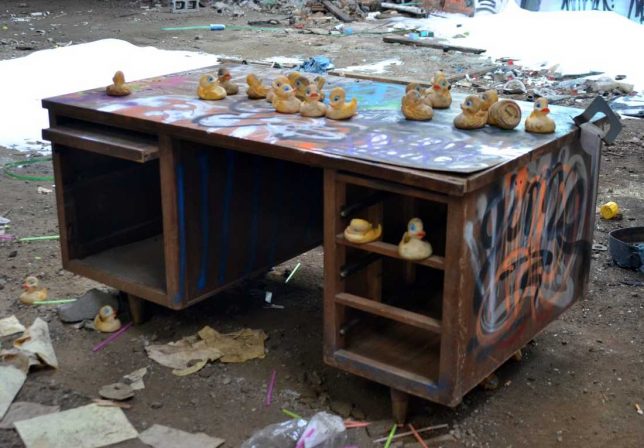
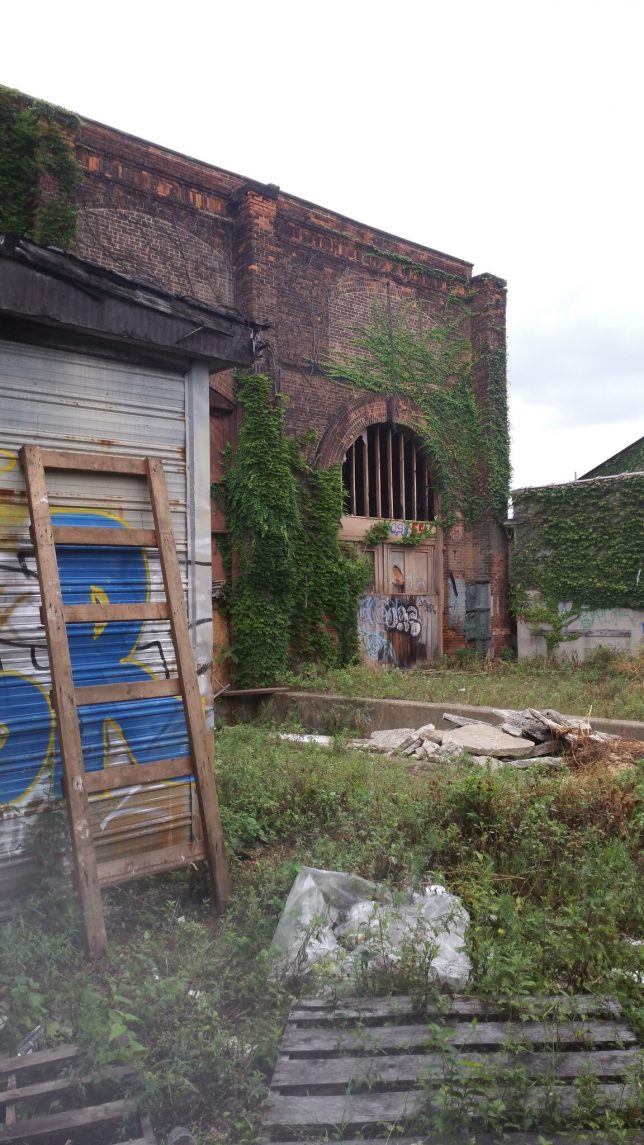
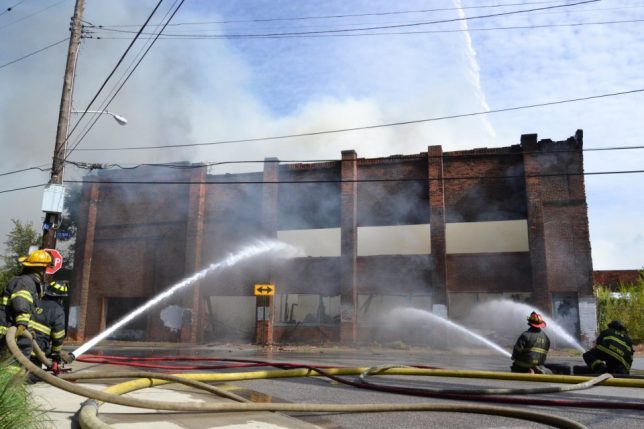
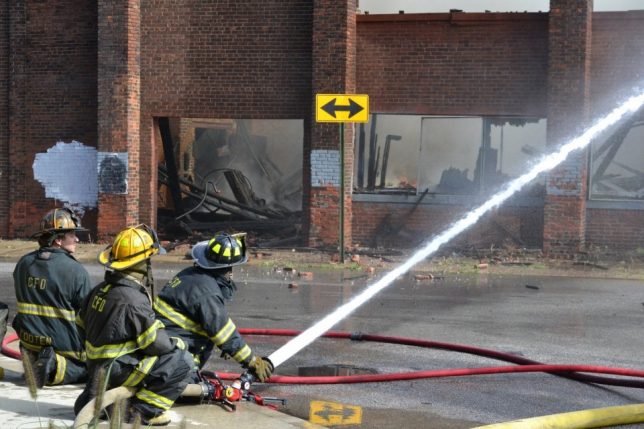



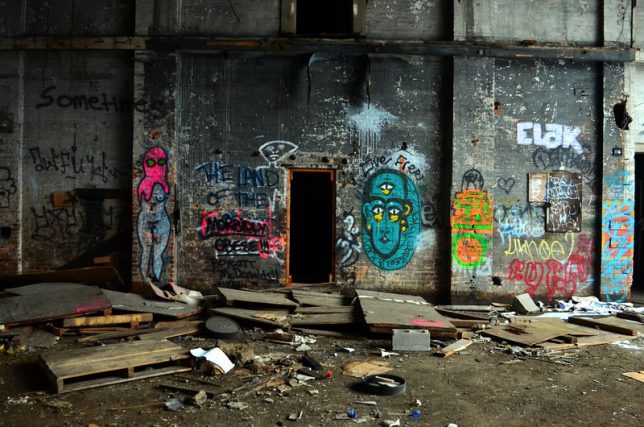
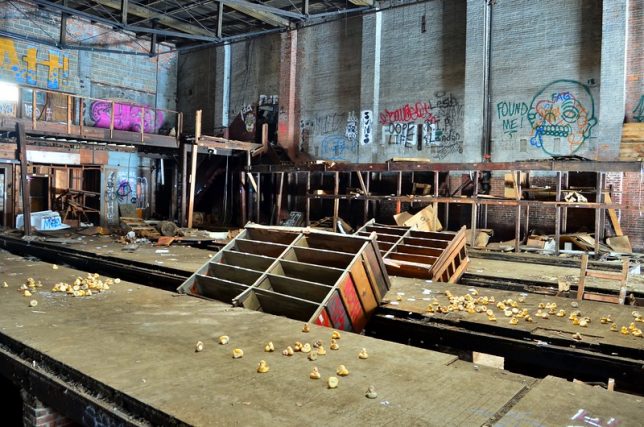




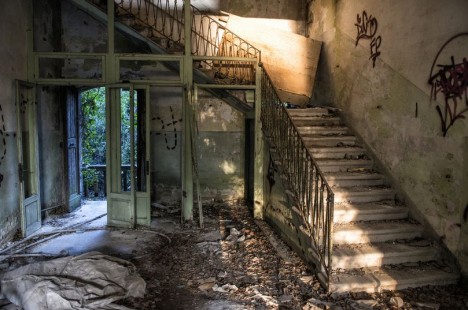



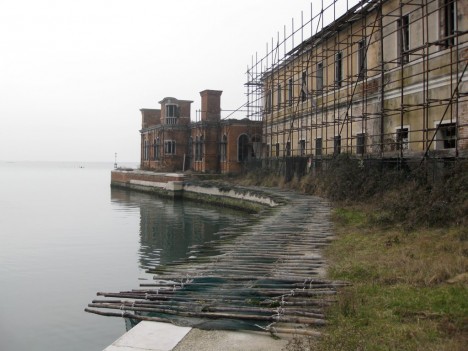
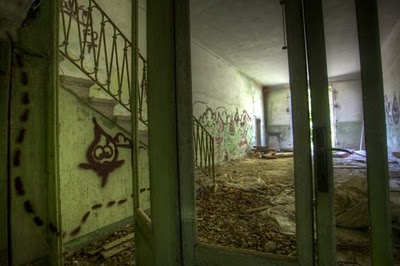

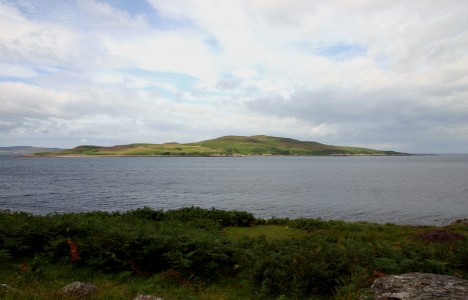
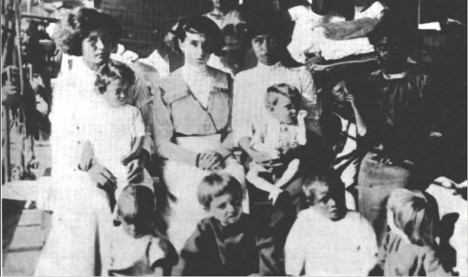












You must be logged in to post a comment.